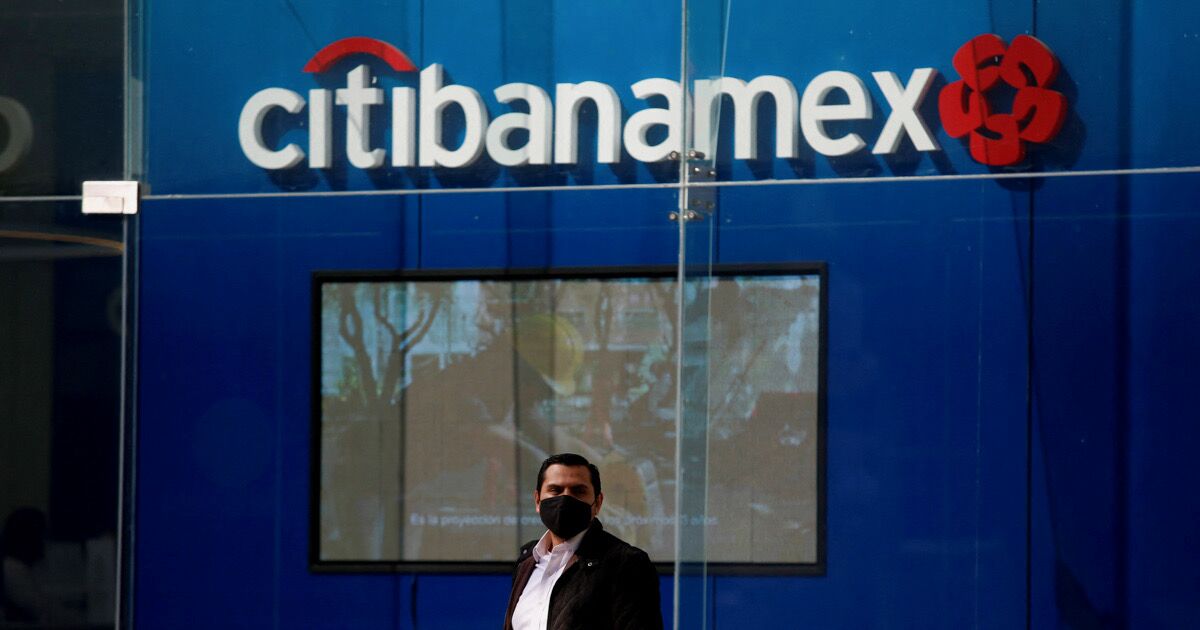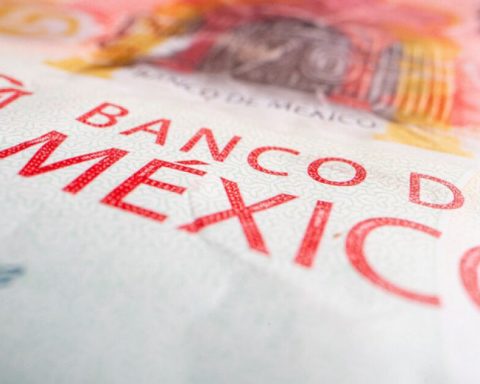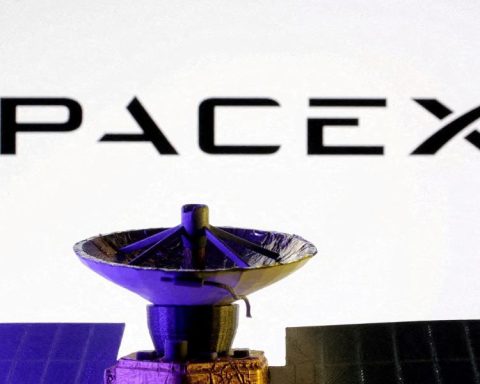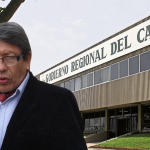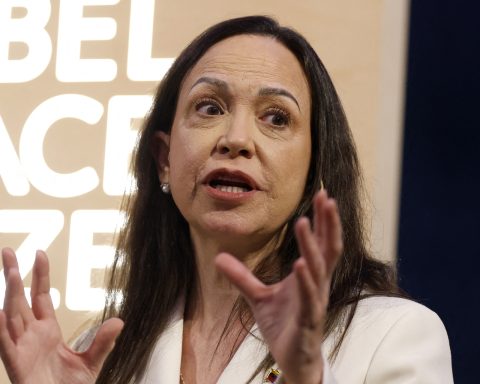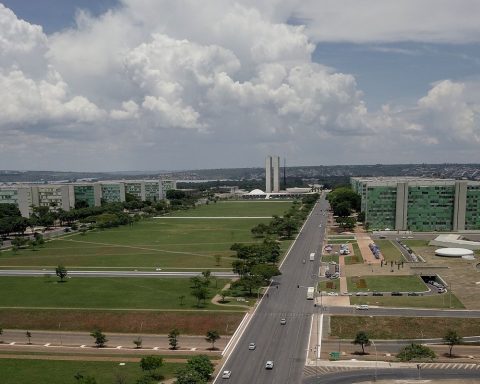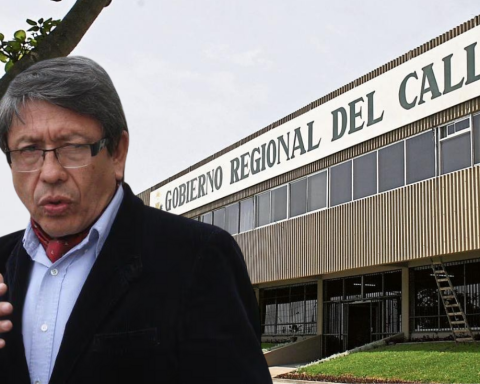So far there are no estimates by the SAT, since there is still no price set for the sale of Banamex by Citigroup. Bank of America Securities (BofA) estimates the operation at 15,500 million dollars (mdd), in which all assets must be purchased jointly.
The SAT has collected taxes from large taxpayers for the sale of companies in Mexico. In 2020, Walmart paid 8,079 million pesos to the SAT for the sale of Vips restaurants to Alsea. In December 2021, América Móvil, Carlos Slim’s group, paid the SAT 28,000 million pesos for the sale of its subsidiary TracFone to Verizon.
oil on the rise
This month, the price of oil has remained above the estimate by the Treasury to calculate the arrival of income to the public coffers from the sale of crude oil, explained Tamón Takahashi, general director of the TKA Analytica research center.
As of February 8, the price of a barrel of the Mexican oil mix was 83.60 dollars. The Treasury estimated the price at 55.1 dollars per barrel and with that price, Congress approved and estimated the income law for 2022.
“Public income is going to be above what was programmed, the price of oil is well above the income law. Meanwhile, if the sale of Banamex materializes, it will be a fairly high tax payment, these two factors will contribute to the federal government’s revenue goal,” Takahashi said.
Extraordinary income can materialize if the price of oil is maintained above what is approved, if missing income is not reported in what is scheduled, such as ISR, and if the pace of the economy allows reaching the VAT goal, which is the tax consumption, said the specialist.
According to the Economic Criteria of the 2022 Economic Package, each dollar of difference in the export price of crude oil per barrel would give the public sector an extra 13,588 million pesos (mdp). The differences between what is estimated for the barrel of the Mexican mixture by specialists and what is forecast by the Treasury ranges from 7 dollars to 12.8 dollars.
This difference is used to compensate for the missing income that can be reported by subsidies to the IEPS tax that is charged on gasoline, since the Treasury reduces the share of this tax when petroprices rise. In 2021, the oil price closed above estimates; then the IEPS goal for gasoline was not met, but oil revenues exceeded the goal by 180,000 million pesos.
What will happen to this money?
The income that can be generated by these two factors can have different destinations. If at the end of the year the scheduled income tax or IEPS collection is not met, those revenues should help compensate.
If in the first instance they help to compensate for shortfalls, and there is still money, this should be allocated to the Budgetary Income Stabilization Fund (FEIP) 25%, to the Federal Entities Income Stabilization Fund (FEIEF) 25%, to the Oil Revenue Stabilization Fund, 40%, and 10% to investment programs and projects in infrastructure and equipment of the states, refers to article 19 of the Federal Budget and Treasury Responsibility Law.
The Treasury has used resources from the FEIP and FEIEF in 2019, 2020 and part of 2021, to compensate for missing income compared to what was programmed.
